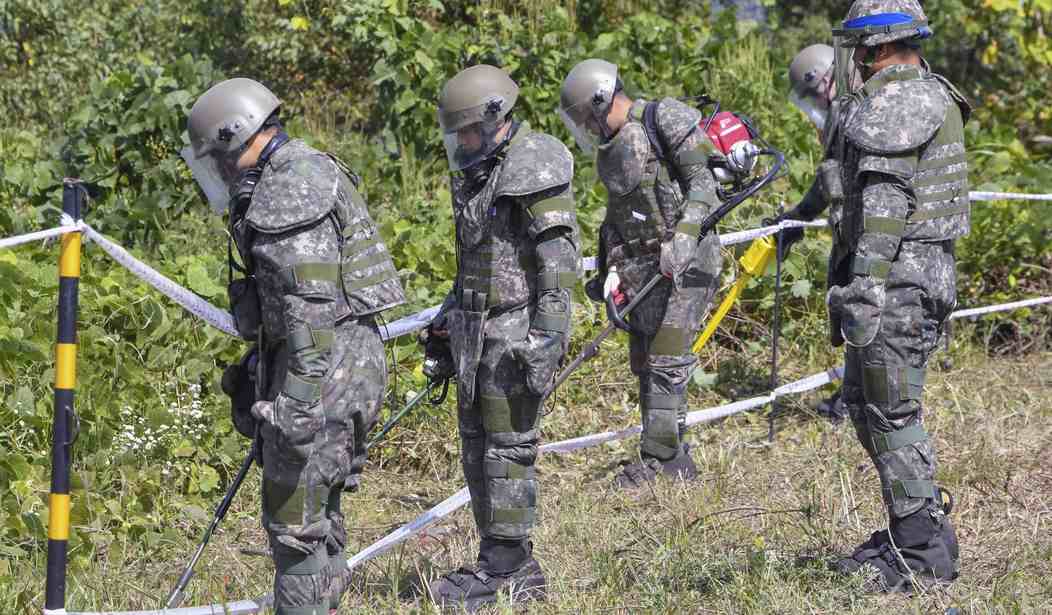Deaths from land mines continue to be high — with the majority of victims civilians — despite hundreds of millions of dollars surging into de-mining efforts, according to a new report.
The Landmine Monitor 2018, released by the International Campaign to Ban Landmines in advance of the Mine Ban Treaty’s meeting next week in Geneva, reported that at least 2,793 people were killed by land mines or other explosive remnants of war in 2017.
ICBL noted that “it is certain that the number of casualties is significantly higher than recorded, particularly in countries experiencing conflict.”
Of the known victims, 87 percent were civilians and half of those were children. The death toll for children was up at least 5 percent from 2016. Women and girls accounted for 13 percent of all deaths.
An additional 4,431 people were injured.
“The continuing high total was influenced by casualties recorded in countries facing armed conflict and large-scale violence, particularly Afghanistan and Syria, as well as Ukraine, Iraq, Pakistan, Nigeria, Myanmar, Libya, and Yemen. Accurate data gathering for active conflicts, however, remains challenging,” said the report.
At the same time, $771.5 million was contributed to addressing land mines in 2017, “the highest combined total of international and national mine action funding ever reported.”
The government in Burma still uses land mines. Non-state actors use land mines in Afghanistan, Colombia, India, Burma, Nigeria, Pakistan, Thailand and Yemen. Lack of access to Syria made it difficult for investigators to confirm whether the Syrian government or allied Russian forces are using them.
Investigators also couldn’t confirm whether explosives in Cameroon, Iraq, Mali, Libya, Philippines, Tunisia, and Ukraine were new mining or residual mines laid years ago.
Sixty countries and disputed areas are known to have land mine contamination, with 34 of those parties to the Mine Ban Treaty. Only four have been recognized as on track to clear mines within 10 years. Mauritania cleared its land of mines last year, but most other countries may need until 2025 depending on funding and government commitments.
More than half a million stockpiled antipersonnel mines were destroyed last year.
“Due to the inhumane impact of recently surging conflicts, landmines and other deadly explosive remnants of war are causing casualties in numbers that we had not seen for many years,” said Loren Persi, casualties and victim assistance editor of Landmine Monitor. “Civilians are by far the majority of casualties, and victims continue to require support long after conflicts pass and the last mines are cleared.”









Join the conversation as a VIP Member